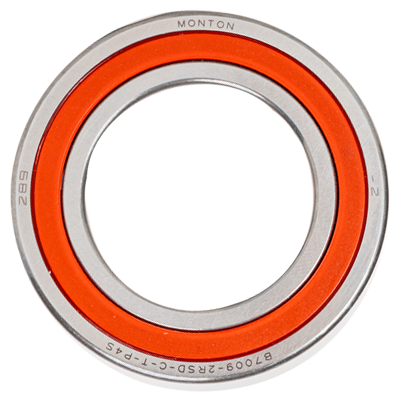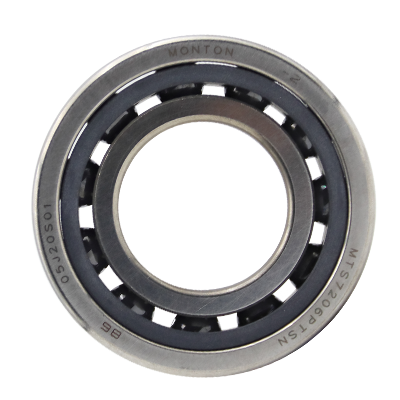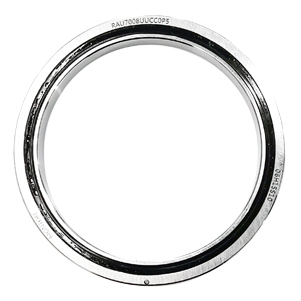Common causes of bearing failure
Bearings are important parts of almost every manufacturing equipment. A bearing is a machine element that constrains relative motion only to the desired motion, and reduces friction between the moving parts. For maintenance engineers, it is very important to understand the main causes of bearing failures to be able to prevent them.
This article is a guide to the major factors that can lead to premature bearing failure as well as how you can extend your bearing life.
Improper Mounting: There are many things that can cause premature bearing failure, because of improper mounting. Mounting bearings on shafts by applying blows or pressure to the outer race will usually cause denting. Depending on the shaft rotation or the housing the inner ring or outer ring of the bearing should have press or interference fit.
Excessive tight fits can cause rings to crack. They usually cause excessive internal preload because of the removal of internal clearance and also cause high operating temperature and premature failure.
Excessive loose fit – rotation of the shaft within the inner ring can produce heat and small loose particles of metal that will eventually get into the bearing, causing wear.
Out of round housing or shaft localized overloading can cause an abnormal wear on surfaces and retainer pockets. Early fatigue occurs in these areas. To prevent all these from happening a proper inspection is needed before installation. Use correct tools (e.g. induction heaters) and follow the installation instructions provided by manufacturers.
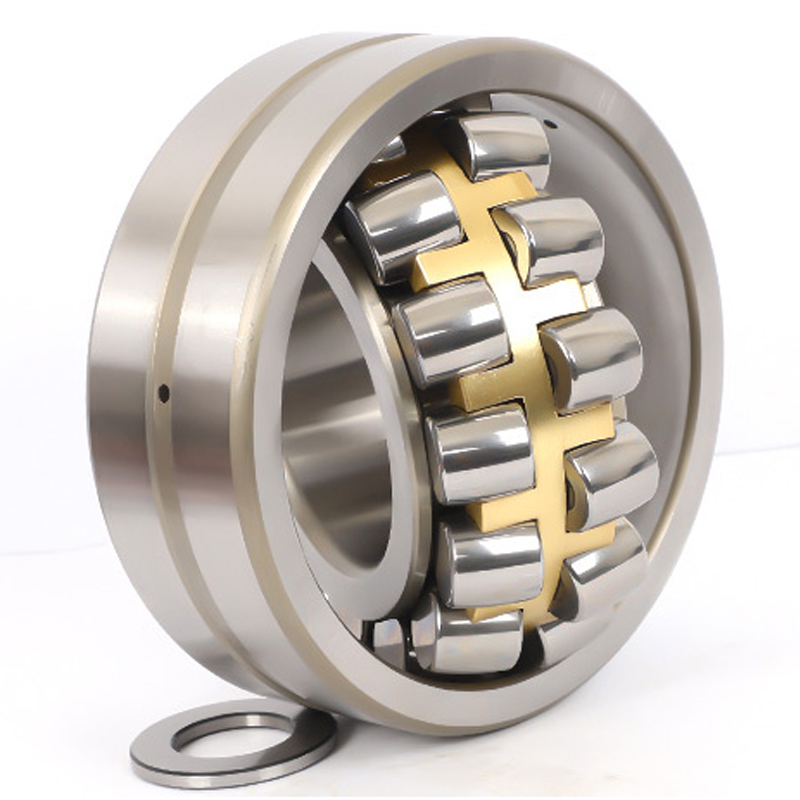
Improper Bearing Lubrication: This is one of the major causes of bearing failures. Every maintenance mechanic has to follow the rule of five rights of lubrication.
1. Right lubricant: Lots of people think “grease is a grease”, it is wrong. You need to make sure that the lubrication you are applying is compatible with the lubrication that the bearing already has and also be sure that it is a right lubricant for the application.
2. Right quantity: When greasing the bearings, lots of people are pumping the grease till they see the grease coming out, then they stop. This is wrong. This is called overgreasing. There are many hard to reach areas where bearings never get greased.
3. Right time: It is important to know how often each lubrication point must be greased and have a good lubrication schedule in a place.
4. Right place: Adding the wrong grease to a lubrication point is not uncommon. This situation will usually go undetected until a problem occurs. All lubrication points should be properly labeled as to the lubricant to be added.
5. Right method: It is very important to make sure that lubrication points are properly cleaned. Make sure the contaminants will not get into the lubrication or in the bearings.
If you take into consideration all the five rights, your bearings should last much longer. Make sure you label all your lubricants and lubrication points. The lubrication schedule is easy for everyone to understand. Consider using automatic lubricators.
Contamination: Contamination is caused by foreign substances getting into bearing. These include dirt, dust, abrasive grit, steel chips from contaminated work areas and dirty hands or tools. When working with bearings, make maximum efforts to do a nice and clean job.
Misalignment: Bent shafts, out-of-square shaft shoulders and improper installation can cause misalignment due to loose fit, which may result in overheating and separator failure. Besides it is very important to inspect shafts and housings for runout of shoulders and bearing seats.
Vibration Brinell (False Brinell): This can cause issues especially when the equipment is not running. Rolling elements remove lubrication quickly and, because there is not enough possibility for the rotation of the bearing, fresh lubricant is not moved back into the spot. This means the bearing is sitting in one spot, without lubrication, and the movement of the rolling elements wears away the metal.
Fatigue (Spalling): Spalling is a result of overloading, an excessive preload, tight fits and using the bearing beyond its calculated fatigue life. For this type of failure the best decision will be the consultation with bearing specialist to select a different bearing or consider a redesign.
Being aware of major causes of bearing failures and taking regular preventive actions, you can keep your bearings at peak performance for as long as possible, saving your business time and money.
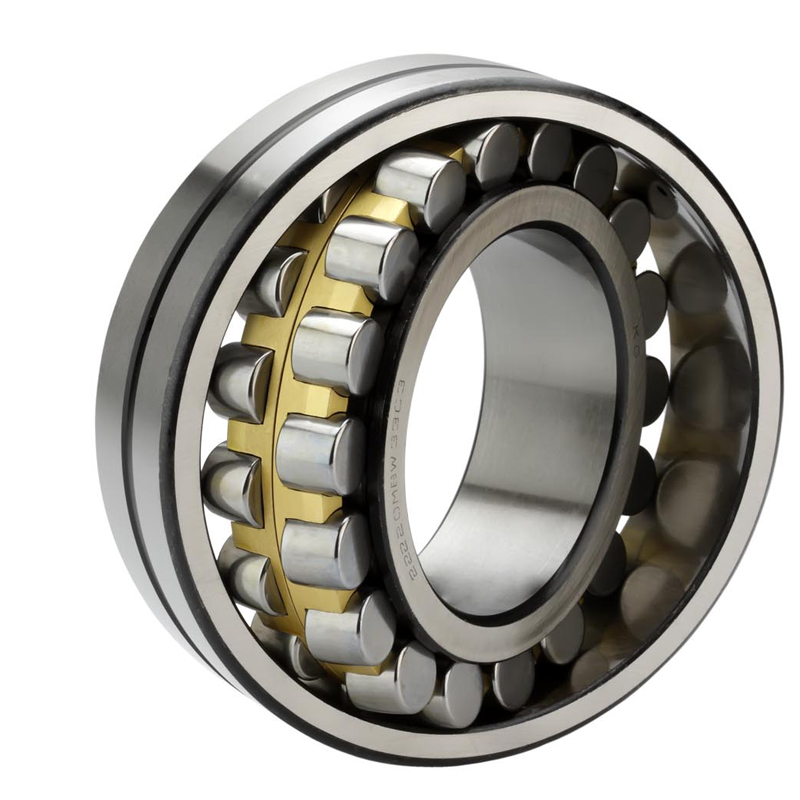
Previous: Monton bearing official homepage
Next: Cryogenic pump solution to help boost plant reliability


 English
English Russian
Russian Chinese
Chinese



